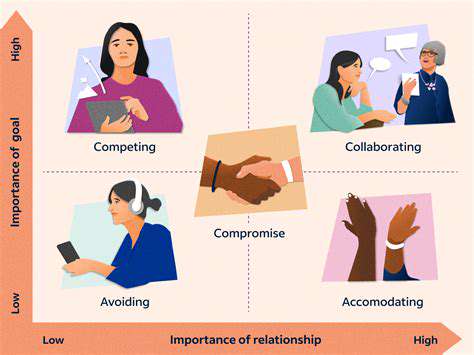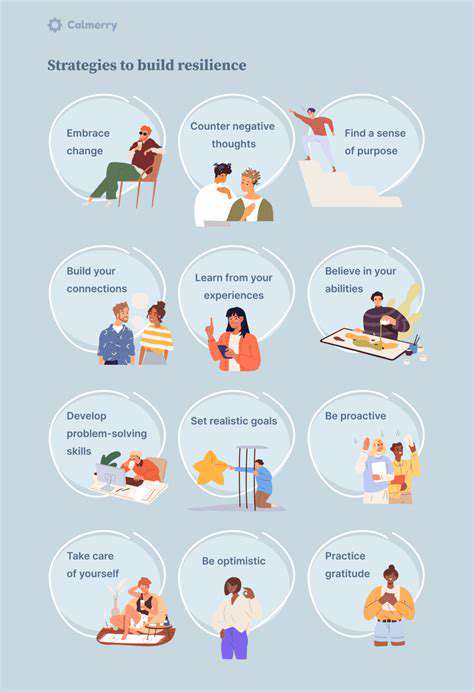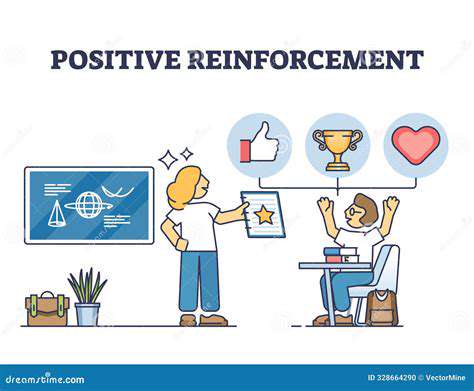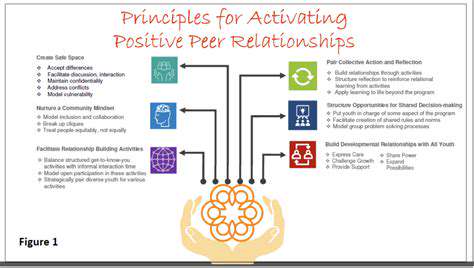Study Habit Techniques for Better Academic Performance
Spaced repetition isn't just about reviewing material; it's about strategically adjusting the intervals between reviews to optimize memory consolidation. By revisiting information at increasing time gaps, you reinforce the neural pathways associated with that knowledge. This method is crucial for long-term retention, making the material less prone to fade from your memory. This technique can be implemented using various tools, from physical flashcards to digital apps, helping you tailor your study schedule to your individual learning pace.
The key is to identify the optimal spacing for each piece of information. Some concepts may need more frequent revisits in the initial stages, while others might benefit from longer intervals as they become more ingrained. Effective use of spaced repetition effectively transforms passive review into active engagement with the material, leading to a stronger grasp of the subject.
Active Recall: The Power of Retrieval Practice
Instead of passively rereading notes or textbooks, active recall forces you to retrieve information from memory. This process strengthens the neural connections associated with the material, solidifying its place in your long-term memory. A simple technique involves covering sections of a text and attempting to recall the details. Actively engaging with the material in this manner strengthens your memory far more effectively than simply rereading it.
The act of trying to recall information actively engages your brain in a way that passive reading does not. This engagement reinforces the memory traces and strengthens retrieval pathways, leading to more efficient and accurate recall in the future.
Interleaving: Mixing Concepts for Enhanced Learning
Interleaving involves studying different topics or concepts in a mixed order rather than focusing on one subject at a time. This approach forces your brain to discriminate between different pieces of information and strengthens your ability to distinguish between them. By mixing different subjects, you build a more robust understanding of the relationships between concepts and improve your problem-solving abilities.
This method is particularly effective for complex subjects where different topics are interconnected. Interleaving forces you to actively compare and contrast ideas, leading to a more nuanced and complete understanding of the material. It's a powerful technique for overcoming the common tendency to memorize isolated facts rather than understanding their interconnectedness.
Elaboration: Connecting New Information to Existing Knowledge
Elaboration involves actively connecting new information to your existing knowledge base. This process helps you understand the 'why' behind the 'what', making the material more meaningful and memorable. Instead of simply memorizing facts, you link them to prior experiences, concepts, or examples. This strengthens the connections between new and existing knowledge, leading to a deeper understanding and improved retention.
By actively creating connections, you make the learning process more engaging and meaningful. This process transforms isolated facts into a cohesive network of information, resulting in a more robust and enduring understanding of the subject matter. It's a key aspect of creating a robust understanding of a topic.
Dual Coding: Using Multiple Sensory Inputs
Dual coding leverages the power of multiple sensory inputs to enhance learning. This approach involves using both visual and auditory information to process the material. For example, if you're studying a scientific concept, you could use diagrams, charts, and audio explanations to solidify your understanding. This method engages both visual and auditory processing centers in the brain, leading to a more robust encoding of the information.
By incorporating different sensory modalities, you create more diverse and lasting memory traces. This process enhances the overall learning experience and helps you solidify your grasp of the subject by engaging multiple senses, rather than relying solely on one.
The Role of Active Recall in Long-Term Memory Formation
Active recall significantly contributes to long-term memory formation by strengthening the neural pathways associated with the learned information. This active retrieval process is crucial for creating robust memory traces that are resistant to forgetting. Repeated active recall sessions reinforce these pathways, making the knowledge more accessible and enduring over time.
The act of actively searching for information triggers the hippocampus and other brain regions involved in memory consolidation. This active engagement creates stronger, more resilient memory networks, ensuring that the learned material remains available for future use. Active recall is a fundamental technique for transforming fleeting knowledge into long-term mastery.













